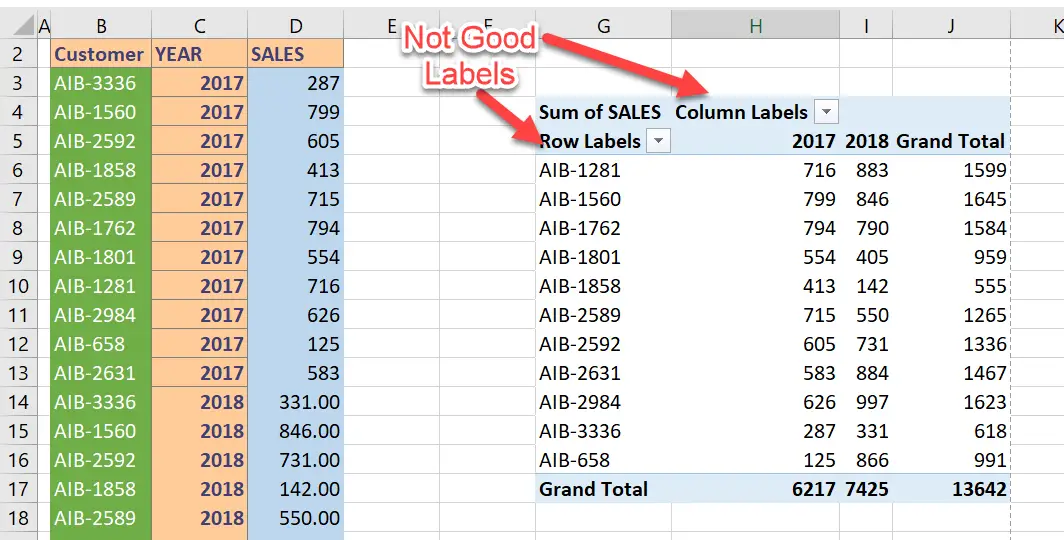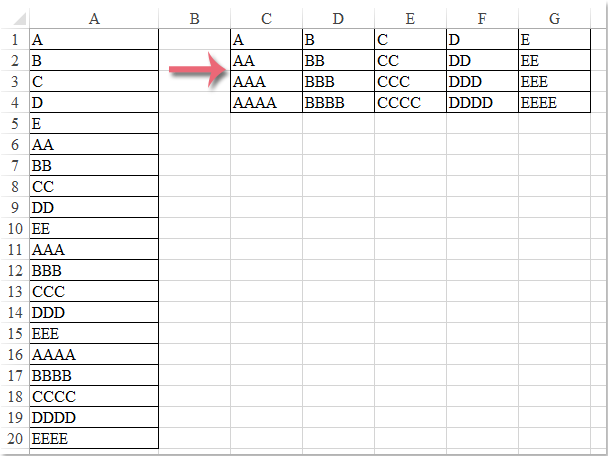

This would return the value from the last row and the last column in the table.īut, what if we didn’t want the last row … but instead, the last row of a specific item? That brings us to XLOOKUP. If we only want the value from the Price column (the last column) instead of all columns, we can additionally use -1 for the columns argument like this: =TAKE(Prices, -1, -1) Since our table is named Prices, we can retrieve all values in the last row with the following formula: =TAKE(Prices, -1) By using a negative number instead, we tell Excel we want to retrieve from the end … that is, the last rows/columns. When we use a positive number for these two arguments, Excel starts at the beginning and returns the first rows/columns. The second argument is the number of rows and the third argument (optional) is the number of columns.

To use this function, the first argument is the array or range of values we want to retrieve. The TAKE function is used to grab the first or last (or first few or last few) rows or columns from a table. And when we add a new row, we want the formula to retrieve the new value.

We want to write a formula to automatically retrieve the price from the last row. Let’s say we have a Price table where we add a new row each month with the updated price.


 0 kommentar(er)
0 kommentar(er)
